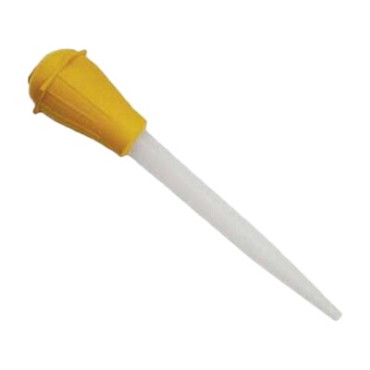-
Posts
1205 -
Joined
-
Last visited
-
Days Won
14
Content Type
Profiles
Forums
Gallery
Store
Everything posted by forester2002s
-
And another question: How much replacement CVT fluid is needed after draining the old fluid? Subaru FSMs give the total amount of fluid required for a dry fill. But I have read that much less fluid is required after a simple maintenance drain. So how much fluid should one have on hand for the refill?
-
Try using jumper-cables to bypass the +ve cable from the +ve battery-post to the 12V input on the starter. This can be tricky. Wear safety-glasses, and connect the jumper-cable to the starter FIRST, and to the battery-post LAST. Then try to start the car. EDIT: Just had another thought - the 12V input on the starter is usually a stud on which is threaded a hex-nut. If that hex-nut was loose, it might explain your symptoms.
-
I use 10W30 non-synth in my 2002 Forester, and I change the oil & filter at least twice as often as recommended. Still on the original engine (but with new head-gaskets and belt etc,) I use 0W30 or 5W30 full-synthetic in my 2017 Forester, and also change the oil & filter more regularly than specified. I don't get too excited about buying super-expensive brand-name oil. I just buy what's on sale, and change it sooner than is required. And I've never used any oil additives.
-
Ball-joint failed! Going around a corner! Horror of horrors! I had a similar failure once, a long time ago, and the thought still haunts me. But it was on an old car, a 1934 Austin, and the ball-joint stem sheared off at the top of the ball, also when going around a bend. But times have moved on since then, and there have been huge advances in metallurgy and in manufacturing techniques since then.
-
This doesn't answer your question, but have you tried the following: - Open-up connector R1/B97, and check for 12V (to ground) on B97 when you try to start the engine? - Also, check for resistance/continuity on R1 (to ground)? These tests won't solve your problem, but may take you further down the road...
-
You may have already done this, but if not I would change the rubber-boots and clean out the CV-joints. Most new boots come with replacement grease. It's fairly easy to completely disassemble a CV-joint, and to clean out all of the existing grease. Once clean, it's easy to inspect the mating surfaces, and to see if there is any surface-wear. The Subaru OEM CV-joints are a thing of beauty, and are well made. Add the fresh grease, reassemble and re-boot. This might help with problematic vibrations. But in any case, it's a labor of love, a kind of Zen thing.
-
I my experience, yes when those 'new' fuses blow, it's pretty obvious to the eye. One way to check a blown fuse is to switch it with another of the same rating. Ageing is challenging! Especially eyesight. I find that good lighting helps, but it is a PIT! I always console myself by watching the latest world news ,and realizing that I have little to complain about compared to people in other parts of the world.
-
I've noticed that engines twitch/move/jump when parked with the hood up. A little surge of gas to raise revs causes this engine movement. It may only last a second . This probably also happens when on the move, especially if the gas pedal is pressed down to speed the car up. It doesn't take much to make the heat-shields make momentary contact with the exhaust-pipe. Rattle-Rattle!






